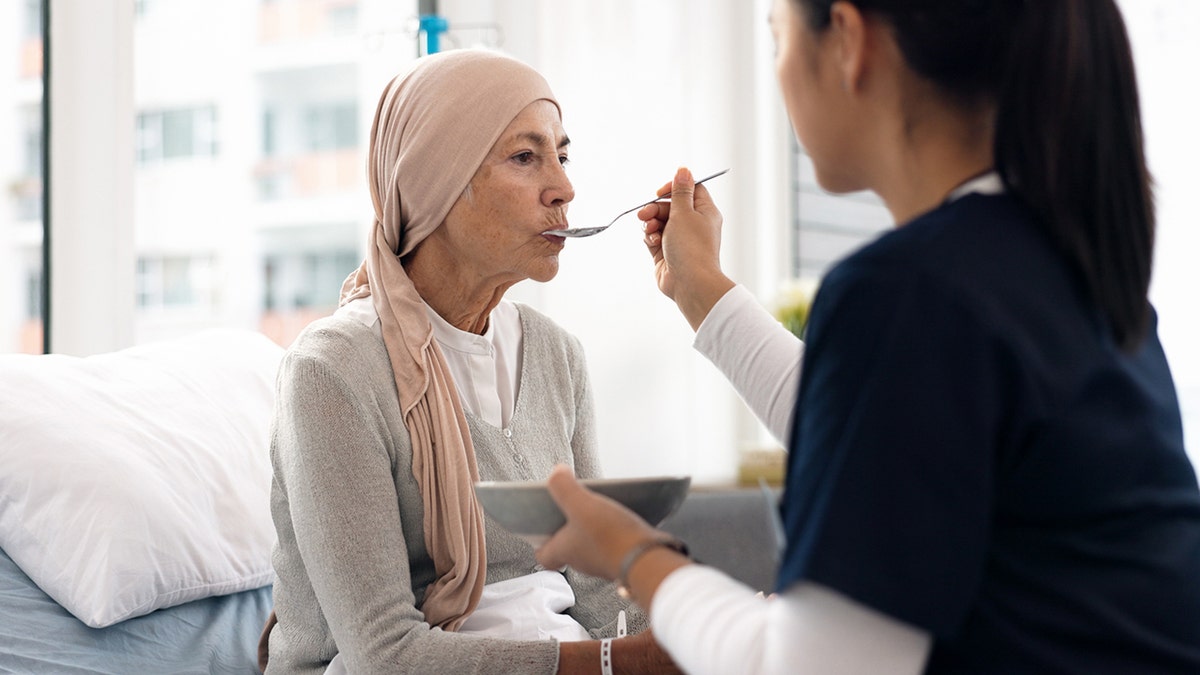Southeast
What is hospice care? As Rosalynn Carter starts hospice, an expert explains this type of care
Rosalynn Carter, who is 96, announced on Friday that she has entered hospice care at her home in Georgia.
The former first lady and former President Jimmy Carter, 99, are now spending time with each other and their family while both are in hospice care together.
The president, back in February, entered hospice care at his home rather than seek additional medical attention after a series of short hospital stays, according to a statement from the Carter Center.
FORMER FIRST LADY ROSALYNN CARTER ENTERS HOSPICE CARE
What is hospice care — and what does this mean for the Carters and anyone else who has begun this type of care?
“Hospice is health care for people who are dying,” Dr. Harold Braswell, associate professor of Health Care Ethics at St. Louis University and author of several books related to end-of-life issues, told Fox News Digital via email on Friday.
A person becomes eligible for hospice, he said, after the diagnosis of a condition with a prognosis of “six months or less to live.”
Former first lady Rosalynn Carter, 96, pictured here in 2019, announced on Friday, Nov. 17, that she has entered hospice care at home. Both she and her husband, former President Jimmy Carter, are in hospice care together now at their home in Georgia. (AP Images)
“This care is interdisciplinary, and includes medical, psychosocial and spiritual elements, as well as some assistance with activities of daily living,” Braswell said.
Unlike in a hospital setting, where doctors work to cure a disease or ailment and prolong someone’s life, hospice care seeks to manage the symptoms, such as pain, and to assist patients as their lives wind down.
TONY BENNETT’S BATTLE WITH ALZHEIMER’S: WHAT TO KNOW ABOUT DEMENTIA AND DEATH
“Hospice is not curative care,” said Braswell. “It is not oriented toward curing a patient’s medical condition — and, in fact, qualifying for hospice generally requires that a patient abandon curative interventions such as chemotherapy.”
Additionally, hospice care does not intentionally cause or hasten the death of a patient, nor does it typically include 24/7 care, according to the Hospice Foundation of America’s website.
President Jimmy Carter and first lady Rosalynn Carter are pictured on a train in Alexandria, Egypt, during a trip to the Middle East, on March 9, 1979. (Jimmy Carter Library)
In the United States, most hospice care is given in an outpatient setting, Braswell told Fox News Digital.
This could be in a person’s home, as the Carters are doing, or in a nursing home or long-term care facility.
A few weeks is “too short a time for hospice to have its maximum benefit,” an expert said.
“Some hospices — a relatively small number — offer inpatient care, though this is only for a very short amount of time, generally for people who are actively dying,” Braswell said.
There are four levels of hospice care, according to the WebMD website.
VISION PROBLEMS COULD MEAN HIGHER DEMENTIA RISK, STUDY FINDS: ‘EYE HEALTH AND BRAIN HEALTH ARE CLOSELY LINKED’
Two of these levels happen at home.
“Routine home care,” the most common form of hospice care, involves nursing and home health aides.
The next level, “continuous home care,” entails the constant presence of a nurse or medical professional, WebMD stated.

“Continuous home care” involves the constant presence of a nurse or medical professional. (iStock)
Both “general inpatient care” and “respite care” involve the patient’s staying at a hospice facility.
With respite care, a patient goes to a facility for care to provide their caregivers with a temporary break.
CHRISTIAN AUTHOR, FAMED PASTOR TIM KELLER RECEIVING HOSPICE CARE AT HOME: ‘CAN’T WAIT TO SEE JESUS’
A person may consider beginning hospice care after experiencing “a significant decline in physical and/or cognitive status despite medical treatment,” according to the Hospice Foundation of America, or if the individual is not seeing results from “the often physically debilitating treatments” for an illness.
CLICK HERE TO SIGN UP FOR OUR HEALTH NEWSLETTER
The start of hospice care does not mean that the patient is merely days, or even weeks, away from death, experts say.
It’s often beneficial for the patient and the family to begin hospice care as early as possible, but that doesn’t always happen.
The start of hospice care does not mean that the patient is merely days, or even weeks, away from death, according to experts. (iStock)
As hospice care requires that a person cease curative care, many terminally ill patients do not opt to start it until just a few weeks before they die.
“This has created a problem in that many people do not give up these services until it is [far] too late,” said Braswell.
A few weeks is “too short a time for hospice to have its maximum benefit,” he added.
Rosalyn Carter was diagnosed with dementia earlier this year.
Her family has requested privacy during this time.
Greg Wehner of Fox News Digital contributed reporting.
For more Health articles, visit www.foxnews.com/health.
Read the full article from Here